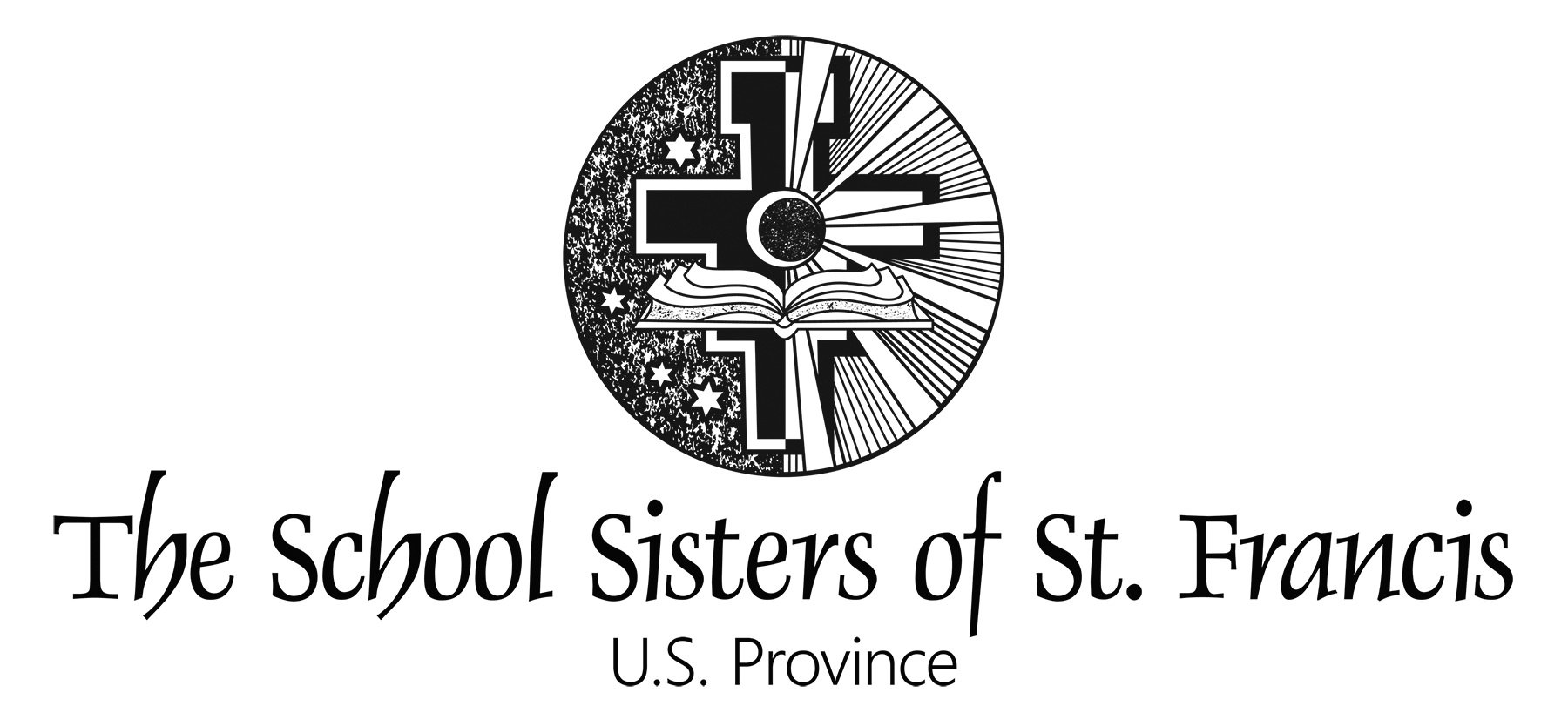Christ's Appearance to Mary Magdalene after the Resurrection by Russian painter Alexander Ivanov
“... at the time
of tears and abandonment, she hears the Risen Jesus who calls us by name, and with a heart full of joy goes to announce: I have seen the Lord!”
In Living Color
Sister Nancy Celaschi DELVES INTO the Easter legends of Mary Magdalene and Colored Eggs
Easter brings to mind many things — chocolate bunnies, colored eggs and, most of all, an empty tomb and a woman crying in the garden. Mary of Magdala (Mary Magdalene) was the first to hear the news of the Resurrection and was commissioned to “go tell [Christ’s] brethren.” For this reason, she has been known since early Christian times as the “apostle [feminine form] to the apostles [masculine form].”
In the Latin Church, three women named Mary have been conflated into one we refer to as Mary Magdalene — Mary of Bethany, the sister of Martha and Lazarus; Mary Magdalene, “from whom Jesus cast out seven demons;” and the unnamed woman who, while Jesus was at supper, came and washed his feet with her tears, dried them with her hair, and anointed them with expensive oil. For this reason, in western art, Mary Magdalene is traditionally pictured holding an alabaster jar.
A medieval legend held that she spent her later years as a hermit in southern France and since she lived in such a remote area she could go without clothing, although she grew her hair so long that it provided for her modesty. This part of the legend also appears in depictions of Magdalene in the middle ages.
Pope Francis has been very keen to help sort out the confusion and to restore Mary of Magdala to the place of honor she enjoyed in the early Church. His first act was to raise the “memorial” of Mary Magdalene (July 22) to a “feast” in the universal Church calendar. This is a significant “upgrade.” He also recently instituted the memorial of Mary, Martha and Lazarus of Bethany, placing it on July 29, and adding it to the universal calendar. This date formerly honored both Martha and Lazarus.
There are many and varied explanations of why we color eggs at Easter, but one of them goes back to Mary Magdalene who, in Eastern Christian art, is represented holding a red egg. In the Monastery of St. Mary Magdalene in Jerusalem, at the bottom of the Kedron Valley, the painting over the entrance to the presbyterium depicts Mary standing before the Emperor Tiberius, who is seated on his throne, looking upon this poor peasant woman in disdain.
The story goes that Mary once asked for an audience with the Emperor and carried with herself a basket of fresh eggs as a gift. She greeted him with the same greeting Eastern Christians use to this very day: “Christ is risen.” The Emperor scoffingly replied, “He is no more risen than those eggs in your basket are going to turn red.”
Needless to say, you know the rest of the story.
A painting of Mary Magdalene presenting a red egg to Emperor Tiberius sets a stunning backdrop at Mary Magdalene Monastery in Jerusalem.



